Video: Is America’s Red Sea defense really worth $780 million?
- By Sandboxx
Share This Article
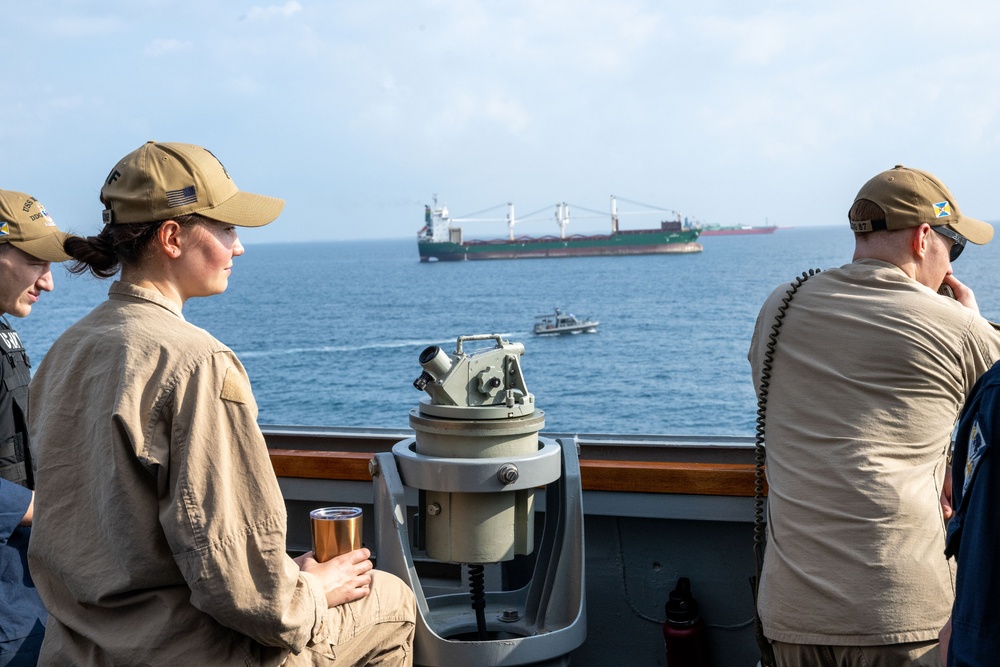
According to a recent report by The War Zone, the U.S. Navy has expended approximately 400 individual munitions and interceptors to ensure that Houthi and Iranian suicide drones and anti-ship missiles don’t impact commercial and civilian shipping in the Red Sea.
These munitions don’t come cheap, and questions are popping up about whether the value of the mission is worth the cost.
“By my math, that means Uncle Sam has burnt something around in the neighborhood of $780 million worth of munitions in this effort,” Alex Hollings, Sandboxx New’s Editor-in-Chief and host of AirPower on YouTube, said in his latest video.
“But, invariably, whenever we talk about these sorts of efforts, we always end up following on the same trap of the cost-exchange ratio,” Hollings added.
In this case, this cost-exchange ratio is be the cost of the interceptor used to take down the Houthi and Iranian munitions versus the cost of those munitions to the Houthi rebels and Iranian military. If the U.S. military is spending more on the interceptors than the cost of the incoming suicide drones and anti-ship missiles, then the cost-exchange ration is working against it.
If you want to learn more about how the U.S. Navy is tackling the Houthi-Iranian threat in the Red Sea and the costs of countering it, make sure to watch AirPower’s latest video on YouTube above.
Feature Image: Lt. Charmaine Solis observes commercial vessels sailing alongside the Arleigh Burke-class guided-missile destroyer USS Mason (DDG 87) while ship operates in support of Operation Prosperity Guardian (OPG) in the Gulf of Aden, Dec. 26. Led by Combined Task Force 153 of Combined Maritime Forces, OPG represents a focused, international effort to address maritime security challenges in the southern Red Sea and the Gulf of Aden, with the goal of ensuring freedom of navigation for all countries and bolstering regional security. More than 20 countries are taking part in the operation. (U.S. Navy photo by Chief Petty Officer Chris Krucke)
Related Posts
Sandboxx News Merch
-

‘AirPower’ Golf Rope Hat
$31.00 Select options This product has multiple variants. The options may be chosen on the product page -
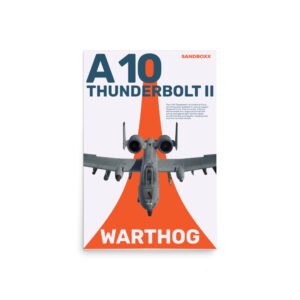
A-10 ‘Warthog’ Poster
$22.00 – $28.00 Select options This product has multiple variants. The options may be chosen on the product page -

F-35 ‘Evolution’ Framed Poster
$45.00 – $111.00 Select options This product has multiple variants. The options may be chosen on the product page

Sandboxx
The editorial team at Sandboxx.
Related to: Military Affairs

Congress demands answers on low testosterone issues among special operators
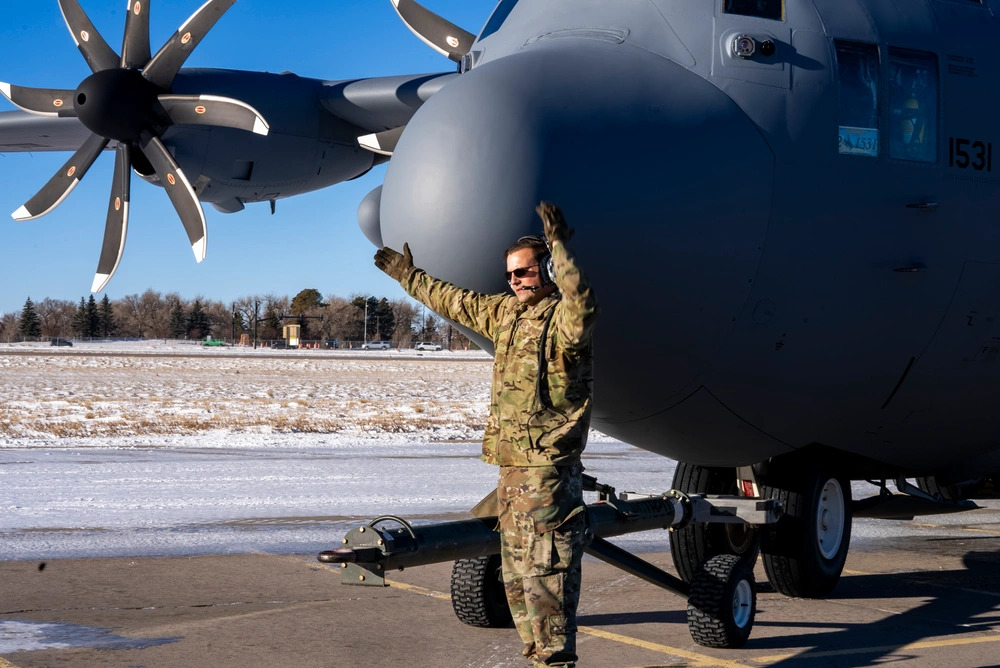
Video: US military sends aircraft to help with LA fires
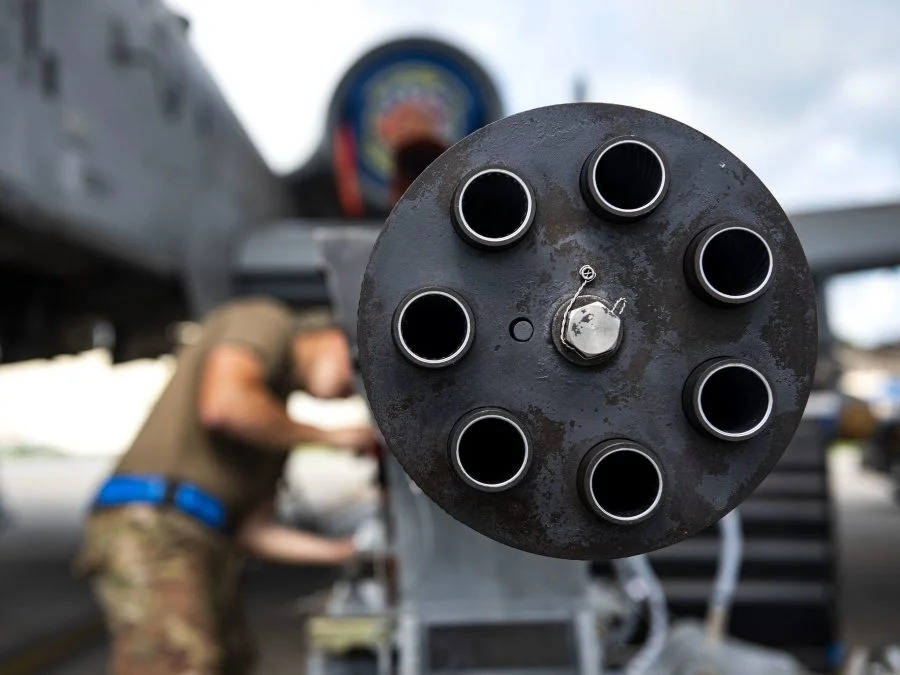
Video: DARPA wants to arms a missile with cannons
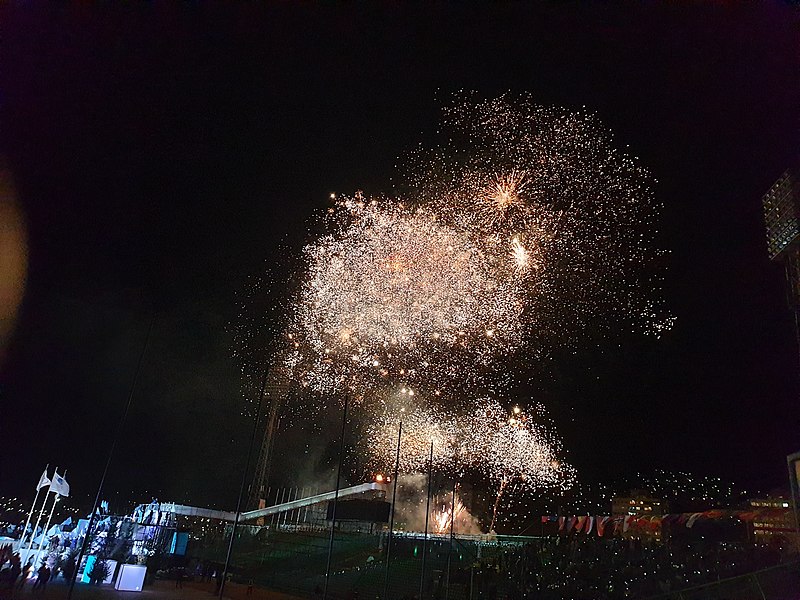
How a Delta Force operator celebrated New Year’s in Bosnia
Sandboxx News
-

‘Sandboxx News’ Trucker Cap
$27.00 Select options This product has multiple variants. The options may be chosen on the product page -

‘AirPower’ Classic Hoodie
$46.00 – $48.00 Select options This product has multiple variants. The options may be chosen on the product page -

‘AirPower’ Golf Rope Hat
$31.00 Select options This product has multiple variants. The options may be chosen on the product page -

‘Sandboxx News’ Dad Hat
$27.00 Select options This product has multiple variants. The options may be chosen on the product page
